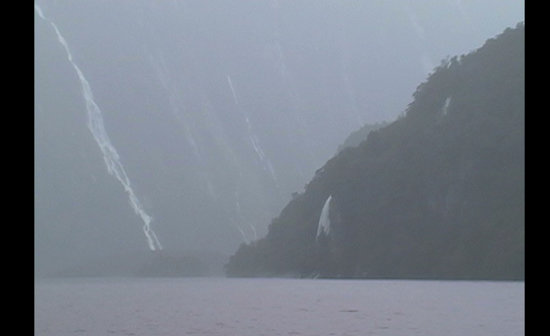Making topics seasonal
My January enewsletter resulted in the question of how to make your blog or newsletter topic seasonal occasionally to generate timely interest and show an external connection.
Don’t assume you can only use major events (like Christmas, the end of financial year and Mothers Day) for a seasonal flavour to your blog and newsletter. Find seasonal things throughout the year that are relevant for your clients – especially things around times when your marketing may need an extra boost.
Here is a list of seasonal examples I’ve though of to get your creativity flowing…
- at the start of summer, a hairdresser writing a hair care blog can discuss protecting hair from chlorine and salt
- many businesses can find a new year’s link – make a resolution to get fit, sort out your accounts, update your will, care for your heath (quit smoking, visit a dentist, get your eyes tested, etc), buy new tyres or learn something new are just a few possibilities. Write about what is possible and give tips on how to achieve it
- a car detailer could write a newsletter article on how to make a car nice before taking out someone special on Valentines Day
- anyone in security (including computer security) can give blog tips on protecting empty homes and offices leading up to major holidays (Christmas, Australia Day and Easter for instance) when people won’t be at home
- any business can support an awareness or fundraising event so write about your efforts even if not directly related to your goods or services – e.g. give a discount to all new parents during world breastfeeding week, offer a part of profits to the cancer council in Movember. Use the newsletter article or blog post to explain why the cause matters. The event or cause may not be related to your industry but make sure it does align with your brand and company beliefs.
- write blog posts and newsletter pieces about clients or suppliers who do community work around a specific event (such as a client who shaves for ‘shave for a cure’ or a cafe who hosts a ‘biggest morning tea’)
- in September or October, a VA could write about spring cleaning a filing system and a ducting specialist can write about the importance of cleaning heating ducts
- a nutritionist could explain the benefits of hen eggs over chocolate eggs around Easter time
- a physio interested in RSI topics will find plenty of examples during January with the Hopman Cup, Brisbane International and Australian Open underway
- a town planner has the Tour Down Under and Tour de France to inspire blog posts about including bike paths in developments
- Clean up Australia Day is a great time to post about reducing clutter (any organisers or storage solution people?) and cleaning (cleaners, cleaning product sellers and chimney sweeps)
- a conservationist can give non-paper wrapping tips in December and environmentally friendly cleaning ideas for Clean up Australia Day or spring cleaning – in an electronic (not paper) newsletter of course!
What creative seasonal ties have you used in your blog posts and newsletter articles?





Recent Comments